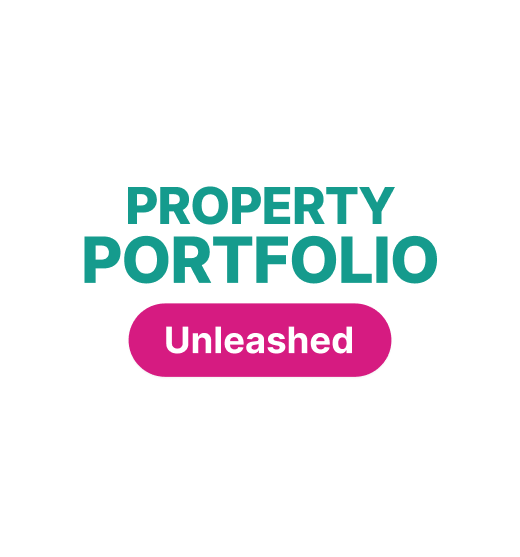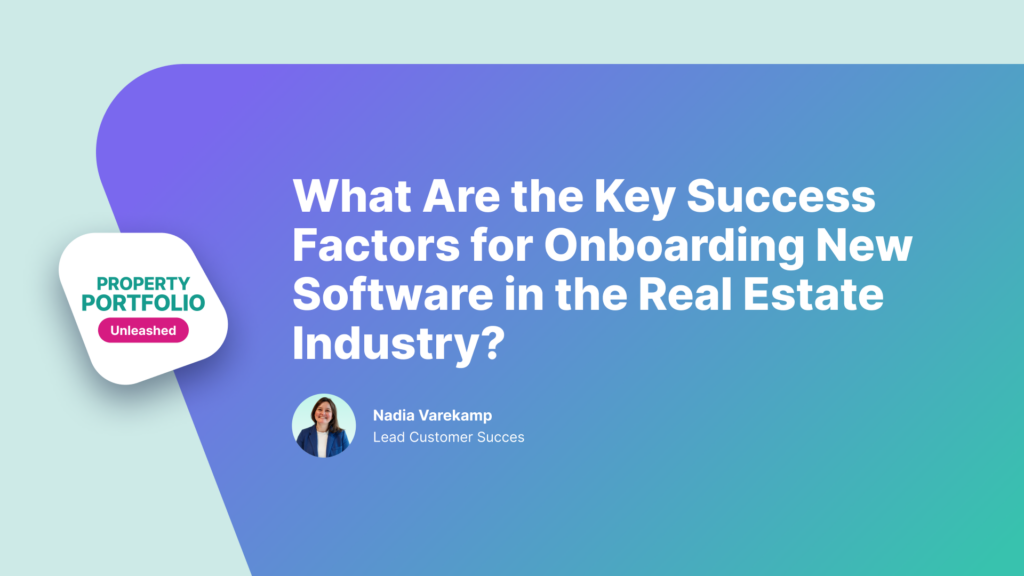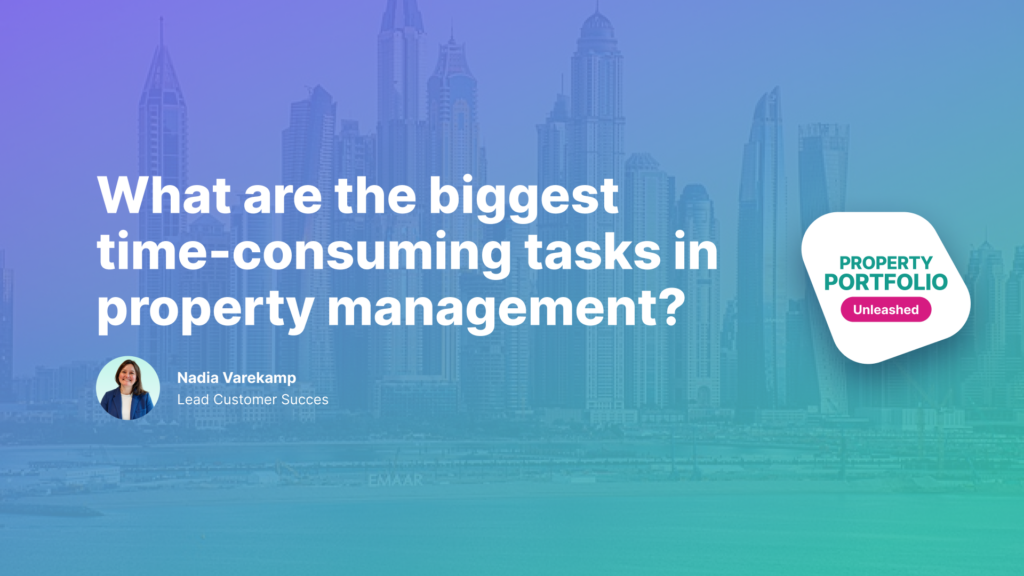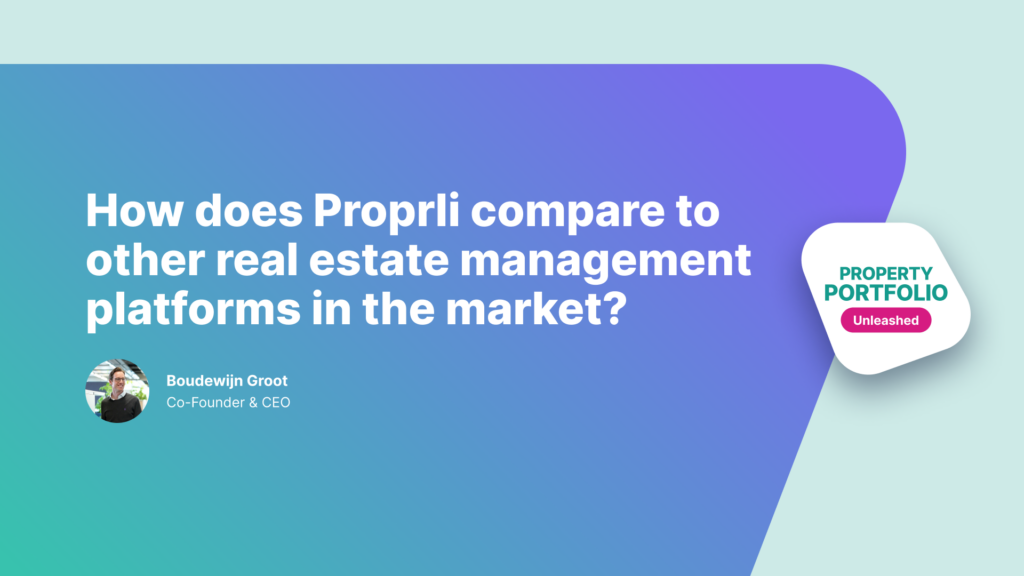Key Takeaways
Property management software and technical management software serve different purposes but can work together to optimize real estate operations.
Property management software is the backbone of financial administration and contract management.
Technical management software specializes in managing the physical aspects of the property.
Integrating these two systems can result in a unified platform for all stakeholders.
In the ever-evolving landscape of proptech, it’s crucial to understand the tools at our disposal. One question that frequently arises is the difference between property management software and technical management software. This blog post aims to shed some light on this topic and discuss how these tools can work together to optimize your real estate operations.
Property Management Software: The Backbone of Real Estate Operations
Property management software, often referred to as an ERP system for the real estate sector, is a comprehensive tool that covers the essential aspects of financial administration and contract management. It includes functions like tenant contracts, rental income, tenant and supplier relation management, maintenance contracts, and accounting. In essence, it is the backbone of a real estate management organization, holding the financial administration and accounting.
Technical Management Software: The Specialist Tool for Technical Property Management
On the other hand, technical management software is a specialist tool aimed at technical asset management and property management. It covers everything related to the physical aspects of the building, including multi-year maintenance plans, capex and opex expenses, ticketing, budgets versus actuals, supplier and bid management, governance and compliance, renovation, and sustainability projects.
The Intersection of Property and Technical Management Software
Now, the question that arises is – how can these two tools coexist and complement each other? The answer is simple – by running them side by side and creating connections where necessary. For example, a connection around invoicing can be established where the property management software shares the approved invoice data with the technical management software. Similarly, supplier contact details can be synced, ensuring that changes are automatically updated in both systems.
The Result: A Unified Platform for Stakeholders
By integrating these two systems, the entire technical management team can work through a single platform across stakeholders. This includes not only the technical property manager but also the owner or asset manager, the supplier, and even the tenant.
In our upcoming Property Portfolio Unleashed series, we’ll delve deeper into this and related topics, joined by industry experts. We’d love to hear your thoughts and insights on this topic.







